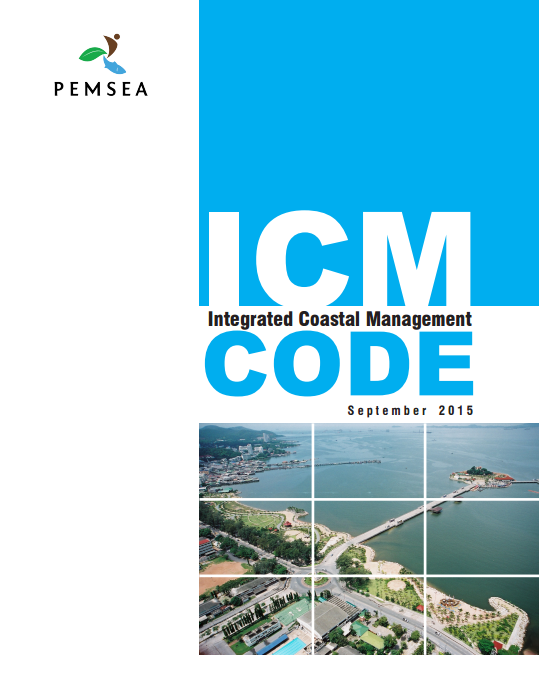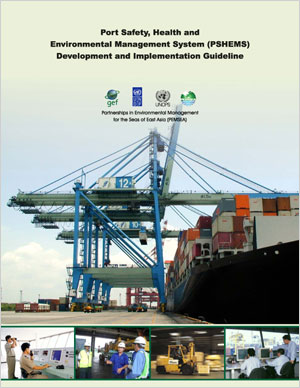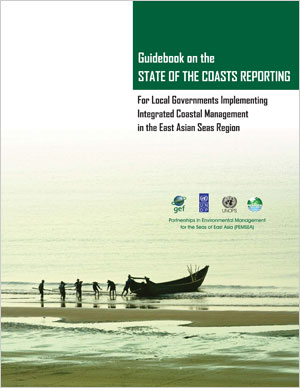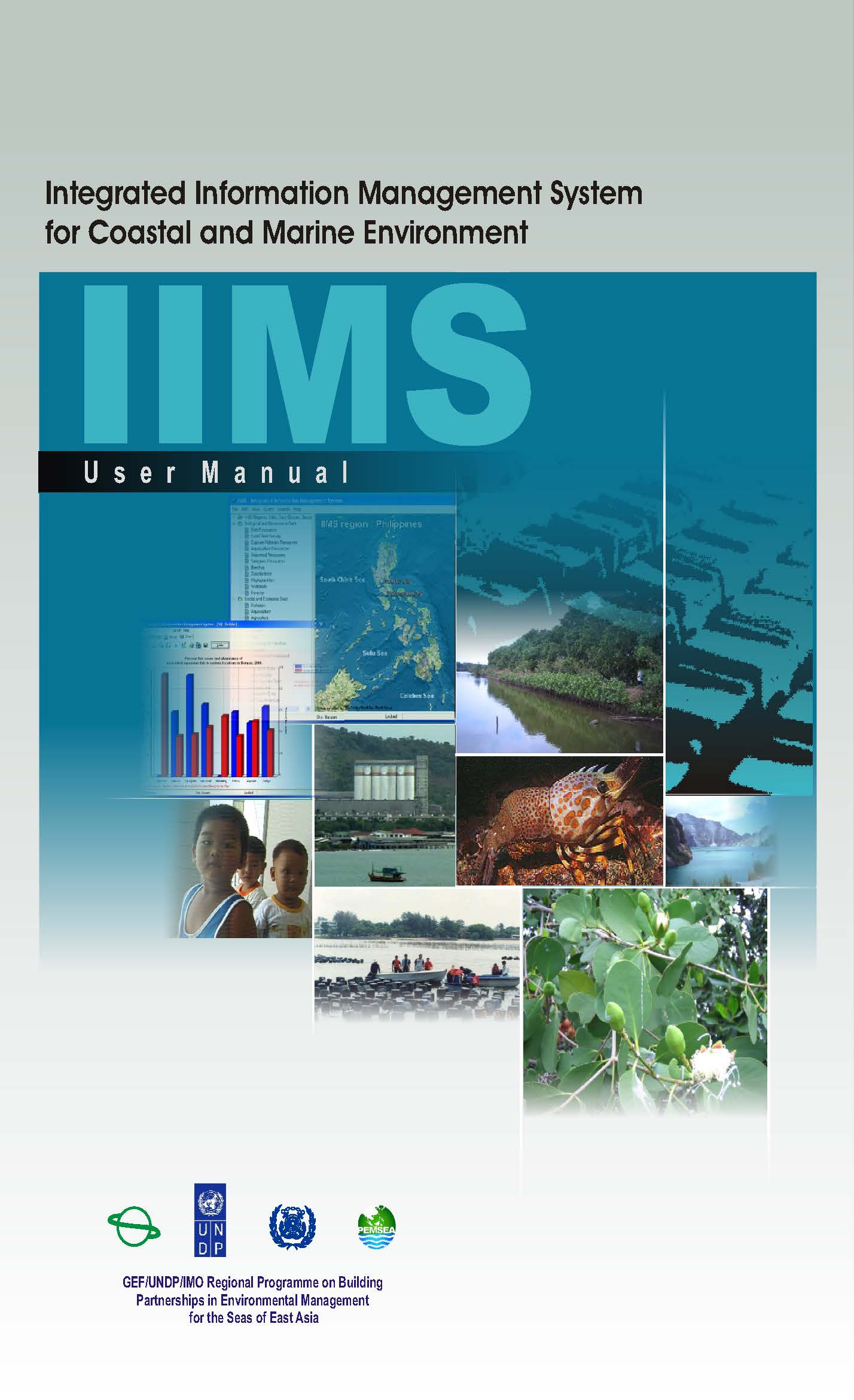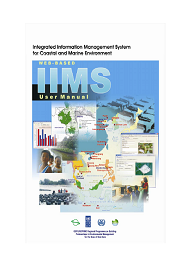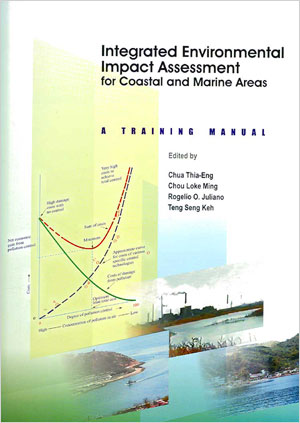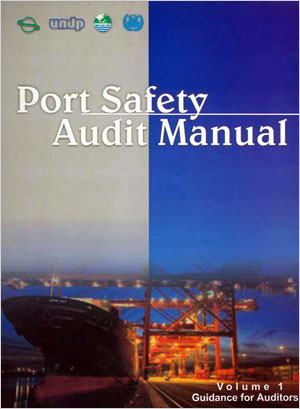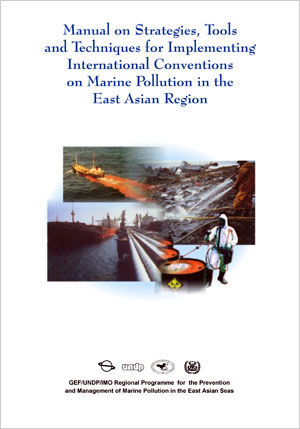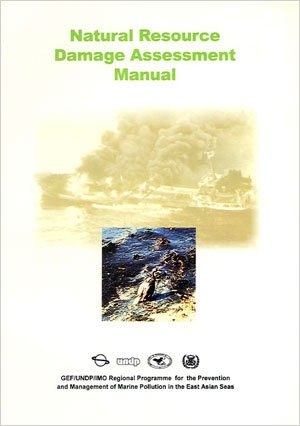
Breadcrumb
ICM Code
The Integrated Coastal Management (ICM) Code was initiated in 2007 by PEMSEA in its efforts to develop and implement a systematic approach to integrated management of marine and coastal resources using the ICM approach. Today, the code is recognized as an essential component of national ICM scaling up programmes in several countries and seen as a potential source of revenue for the PRF operation.
The Code encapsulates decades of ICM practices and experiences, particularly in the East Asian region, and has the following features:
- Provides a systematic approach to sustainable coastal development based on international standards for environmental management and quality management, at the local government level
- Facilitates efficient and effective use of available resources through an integrated planning, implementation, monitoring and review process
- Uses the “ICM Development and Implementation’’ process as the basis for continual improvement
- Applicable by any local government who wishes to establish, maintain, improve and seek certification of their ICM System
- Validates the operations of a local government conforming to international management standards, eg., ISO 9001 and ISO 14001
PEMSEA has identified ICM sites in Cambodia, China, Indonesia, the Philippines, Thailand and Viet Nam as ICM Code Level 1 demonstration sites in the region. On-site training programmes are being conducted in Batangas province, Philippines to improve the site's ICM System to fulfill the ICM Code Level 2 requirements.
A governance system is established to properly manage revisions and updates of the ICM Code, the certification process and the administration of activities for ICM System services. Partnerships with other regional agencies and organizations are an important component of building the ICM Code ecosystem.
Print version is available for FREE. Pay only for the shipping cost.
Port Safety, Health and Environmental Management System (PSHEMS) Development and Implementation Guideline
The purpose of the Port Safety, Health and Environmental Management System (PSHEMS) is to provide a mechanism for implementing the PSHEM Code. It provides Port Authorities and Operators, who have decided to voluntarily apply the PSHEM Code, with a tool that enables them to assess and improve their operational procedures consistent with relevant and applicable international and national regulations, guidelines and standards. Development and implementation of the PSHEMS should also result in the achievement of the objectives of the PSHEM Code, including continual improvement of port operations with respect to safety, health and environment protection, over time. The essential components of the PSHEMS covers the International Standards Organization’s (ISO) 9001 standard on Quality Management Systems (QMS) and the ISO 14001 standard on Environmental Management Systems (EMS), as well as the Occupational Health and Safety Assessment Series (OHSAS) 18001 standard on Occupational Health and Safety Management Systems.
Guidebook on the state of the coasts reporting for local governments implementing integrated coastal management in the East Asian Seas region
The state of the coasts (SOC) reporting system is an operational tool that local governments can use in the monitoring, evaluation and reporting of their integrated coastal management (ICM) programs. For local governments that are about to initiate their ICM programs, the SOC can be used as a tool to determine baseline conditions and priorities to be addressed in an ICM program. For local governments who have ICM programs in place, the SOC can be used as a tool to measure and report progress and impacts of ICM implementation. The Guidebook is divided into the following five sections: Section 1 introduces ICM as a strategy for sustainable development of marine and coastal areas; Section 2 introduces the SOC reporting system and its applications in an ICM program; Section 3 presents the indicators for the SOC reporting system and the process of selecting the indicators; Section 4 details the steps in developing the SOC report; and Section 5 presents the applications of the SOC report in the development and implementation of an ICM program. The tools and materials that can be used in developing the SOC report for a given coastal area are discussed in the Annexes.
Print version is available for FREE. Pay only for the shipping cost.
Integrated Information Management System for coastal and marine environment : User Manual
The Integrated Information Management System for Coastal and Marine Environment (IIMS) is a desktop database application, which manages a relational database of environmental data. IIMS will provide timely data recording and updating of information for management and technological intervention, and to facilitate data sharing via the Internet. The data recording specifications is discussed in detail in the Guide to Establishing IIIMS.
The IIMS software enables storage, display, query and report generation of environmental data.
This manual deals with easy-to-follow steps and tips for encoding data, generating reports through query system and linking IIMS with external applications such as GIS and predictive models.
Print version is available for FREE. Pay only for the shipping cost.
Integrated Information Management System for Coastal and Marine Environment : Web-based IIMS User Manual
The Web-based IIMS version enables sharing data among stakeholders through the Internet. The IIMS database is installed in a file server at PMO or at an office hosting the Web server. The file server is then connected to the Web server so that stakeholders can access the database through the Internet. The Web-based version, however does not replace the desk top version but it will complement it. The one that will be installed in the file server and at the nodes is the desktop version, and the Web-based version will be installed in the Web server.
Integrated Environmental Impact Assessment for Coastal and Marine Areas: A Training Manual
This book aims to help readers understand the value, principles, practices, process, techniques and applications of integrated environmental impact assessment (IEIA). This knowledge, in turn, contributes to making informed decisions on balancing economic growth with sustainable development. As a training manual, some of the important objectives of this book are to: develop proper appreciation on the needs and benefits of IEIA in project development; examine the development and role of IEIA; explain the differences between environmental impact assessment (EIA) in countries which have varying environmental, political, and cultural milieus; understand the parameters—physical, chemical, biological, socioeconomic and legal, and ecological—which are important in determining the potential impacts of development projects and analyze the data generated from these parameters and present them in a manner that is relevant to IEIA; examine tools and techniques in IEIA; demonstrate how to integrate analyses of financial viability and economic and social desirability within an overall framework for the assessment of social, economic and environmental sustainability; discuss limitations and problems in undertaking IEIA and the solutions to these; apply this knowledge through reviews and role-play exercises. The manual can be used for projects for coastal areas where the holistic approach to management is applied, especially during the making of the environmental profile, which could match with data gathering for IEIA. The impacts and conflicts of the different uses of resources and activities in coastal waters can be identified and addressed accordingly to benefit both IEIA and coastal management. Even performance indicators, risks assessment, and stakeholders' interview/participation can be done simultaneously for both objectives.
Port safety audit manual. Volume 1 : Guidance for auditors
This two-volume manual is intended for use by local auditors, who are tasked to assess regulatory and port authorities, port managements, berth/terminal operators and other parties via-a-vis their compliance to their own policies, national requirements and international recommendations. The aims of the manual are to assist appointed independent and trained auditors to: identify strengths, weaknesses and gaps in port regulations/policies, enforcements, monitoring and reporting, facilities and services, emergency response planning and preparedness and human resource training and development; complete a comprehensive audit report, detailing the nonconformities; and prepare a proposed action plan for the management to rectify the detected nonconformities. Volume 1 provides an introduction to auditing, along with a 19-step approach to completing a port safety and environmental protection audit. Volume 2 provides more technical information on the handling of dangerous cargoes in port areas and checklists for use by port safety and environmental protection auditors.
Print version is available for FREE. Pay only for the shipping cost.
Manual on Strategies, Tools and Techniques for Implementing International Conventions on Marine Pollution in the East Asian Seas
This manual is a compendium of lessons learned by the Regional Programme in the field of the ratification and implementation of international conventions on marine pollution and the legal aspects of marine pollution and prevention. It contains the information necessary to actively participate in the legal training programme and is intended principally for use in the said programme. However, it has also been designed to be an easily available and readable reference for legal and other relevant practitioners in the context of their actual work and the situation in their respective countries. It can also be used as a reference for developing and conducting other regional, national and local training exercises.
Natural Resource Damage Assessment Manual
This manual presents economic methods for Natural Resource Damage Assessment (or Approaisal) (NRDA) for tropical ecosystems. Tropical ecosystems are of special interest for NRDAs since: (1) they have extensive natural resource ecosystems and habitats, such as mangroves and coral reefs, and coastal economic activities, for example, mariculture, fishing and coastal resorts, that are highly vulnerable to transboundary marine pollution; and (2) these resources are important sources of livelihood as well as other benefits to coastal populations. In this manual, concepts and methods for appraising damages from transboundary marine oil spill and discharges of priority pollutants are reviews. However, this manual stresses practical applications and procedures that can be used to implement NRDA methods and uses examples and exercises to illustrate these methods.
Print version is available for FREE. Pay only for the shipping cost.
